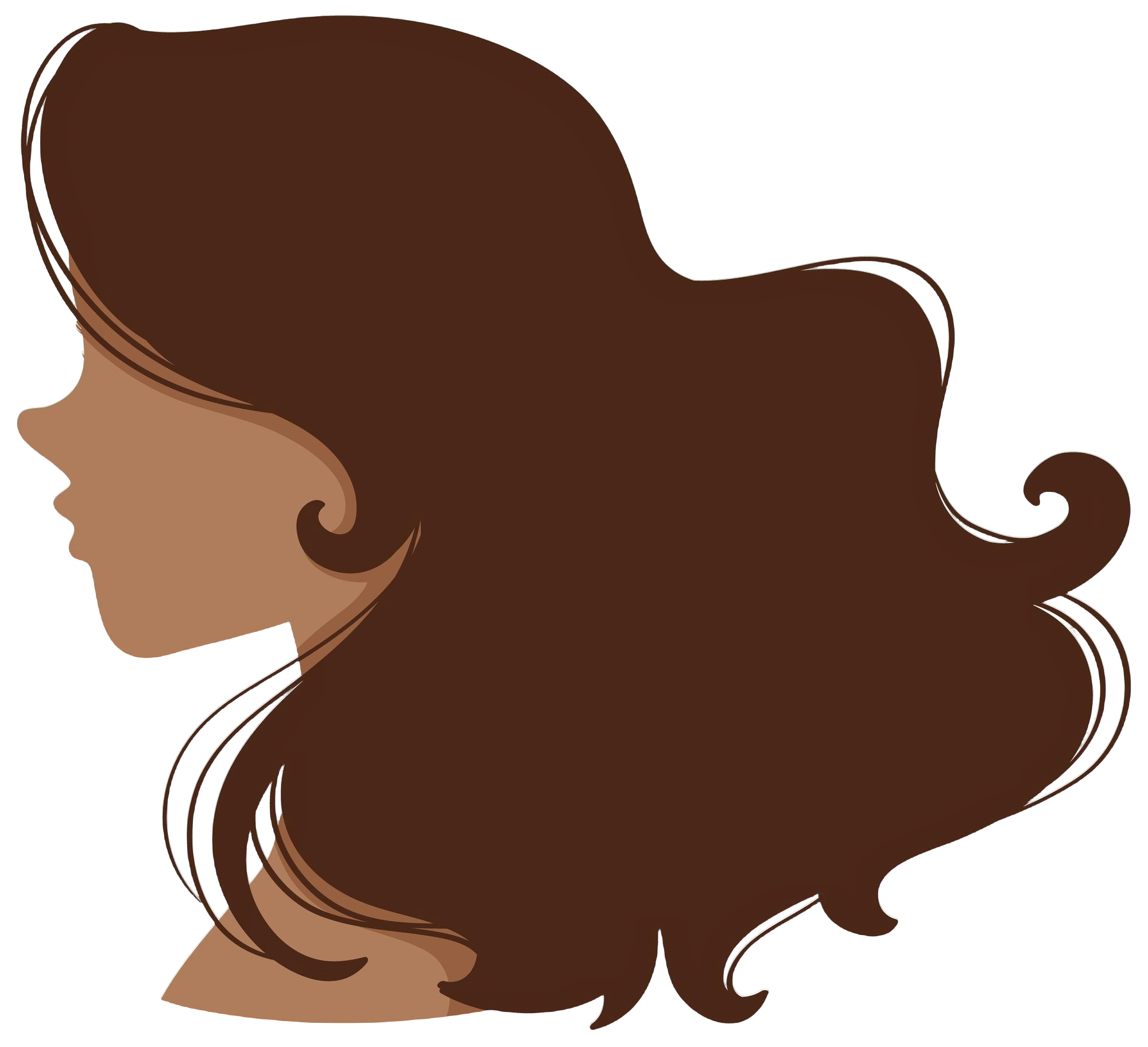- OVERVIEW
- Hair Anatomy
- Hair Types & Textures
- Scalp Care
- Hair Cutting Techniques
- Hair Styling Methods
- Hair Coloring Basics
- Product Knowledge
- 5 Practice Sessions


Structure of Hair
Hair Growth Cycle
Hair Health and Factors Affecting It
Identifying Hair Types
Understanding Different Hair Textures
Hair Analysis Techniques
Importance of Scalp Health
Scalp Treatments
Identifying and Treating Common Scalp Issues
Basic Haircutting Tools
Classic Cuts and Styles
Advanced Cutting Techniques
Blow Drying Techniques
Curling and Straightening
Updos and Braiding Styles
Introduction to Hair Coloring
Types of Hair Color
Application Techniques
Hair Color Maintenance
Types of Hair Products
Ingredients and Their Effects
Choosing the Right Products for Hair Types
Practical Training on Haircutting
Styling and Coloring Practice
Product Application Techniques
Hair courses are essential for developing the skills required to work as a professional hairstylist. They cover everything from basic hair cutting and coloring techniques to advanced styles, ensuring that students are prepared for careers in the beauty and salon industry.
Haryana Institute of Information Technology (HIIT Ambala) is recognized as the best hair courses institute in Ambala due to its well-structured curriculum, expert instructors, and practical training. Students get hands-on experience with the latest techniques and trends in the hair industry.
After completing the hair course at HIIT Cosmetology Institute, you can pursue careers as a Hair Stylist, Hair Color Specialist, Salon Manager, or even start your own beauty business. The demand for skilled professionals in the beauty industry continues to grow.
Yes, beginners are welcome to join the hair course at HIIT Cosmetology Institute. The course is designed to cover everything from the basics to more advanced techniques, ensuring that students of all levels can succeed.
HIIT Cosmetology Institute stands out as the best hair courses institute in Ambala city by offering expert instructors, state-of-the-art equipment, and a focus on practical experience. Students work with real clients and stay updated with the latest trends in hairstyling.
No, prior experience is not required. HIIT Cosmetology Institute welcomes individuals with no prior knowledge in cosmetology and provides training that starts from the basics, helping students build their skills step by step.
Yes, the hair course includes hands-on practical sessions where students learn to cut, style, color, and treat hair using professional techniques. This ensures that students gain real-world experience and are ready to work in the industry.
Yes, after completing the hair course at HIIT Cosmetology Institute, you will receive a certificate that showcases your skills and knowledge, making you a certified professional ready to work in the beauty industry.
HIIT Cosmetology Institute prepares students by offering industry-relevant training, mock interviews, and exposure to real-life salon environments. The course emphasizes skill-building and confidence, ensuring that graduates are job-ready.
HIIT Cosmetology Institute is the best choice for hair courses in Ambala because it offers top-notch education, experienced instructors, and practical training. Students graduate with the knowledge and skills needed to thrive in the beauty industry.
Getting started with the hair course at HIIT Cosmetology Institute is easy. Simply contact us for details on enrollment, course schedules, and any other information you may need to begin your journey toward becoming a certified hairstylist.